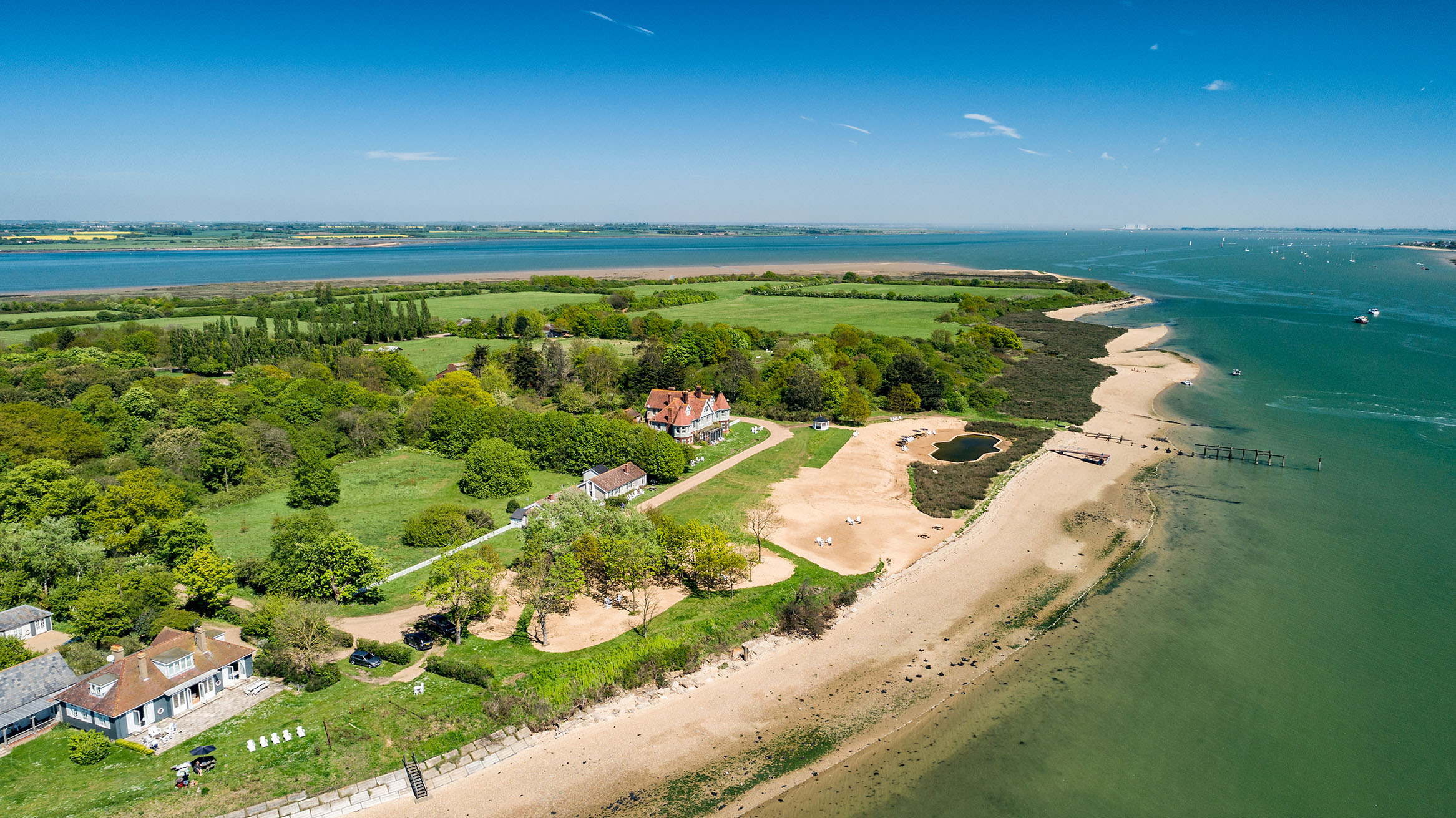Largest native forest planned
Woodland Trust plans for the largest continuous native forest in England are a step closer

Woodland Trust plans to grow the largest continuous native forest in England are a step closer as they plan to buy an 850-acre site in Hertfordshire.
The Woodland Trust will plant more than 600,000 on the site near Sandridge, St Albans, and it will take shape in about 12 years.
England has lost half its ancient woodland since the 1930s.
The forest will cost £8.5 million for the first five years, including site purchase, planting and maintenance. It is located in Hertfordshire, within the London Greenbelt, a Biodiversity Priority Area and within the Chilterns ancient woodland concentration.
Sue Holden, Woodland Trust chief executive, said: 'Our plans for the new forest at Sandridge … offer an unmissable opportunity to plant such a huge number of trees and benefit so many people.
'We estimate that two million people live within 15 miles of Sandridge alone. Our new wood will provide a large and accessible space for people at a time when there is huge pressure to develop and build on land in the south east.'
To comment on this article, use the comment box below, or email us at clonews@ipcmedia.com. Read more about the countryside.
Sign up for the Country Life Newsletter
Exquisite houses, the beauty of Nature, and how to get the most from your life, straight to your inbox.
Country Life is unlike any other magazine: the only glossy weekly on the newsstand and the only magazine that has been guest-edited by HRH The King not once, but twice. It is a celebration of modern rural life and all its diverse joys and pleasures — that was first published in Queen Victoria's Diamond Jubilee year. Our eclectic mixture of witty and informative content — from the most up-to-date property news and commentary and a coveted glimpse inside some of the UK's best houses and gardens, to gardening, the arts and interior design, written by experts in their field — still cannot be found in print or online, anywhere else.
-
 380 acres and 90 bedrooms on the £25m private island being sold by one of Britain's top music producers
380 acres and 90 bedrooms on the £25m private island being sold by one of Britain's top music producersStormzy, Rihanna and the Rolling Stones are just a part of the story at Osea Island, a dot on the map in the seas off Essex.
By Lotte Brundle
-
 'A delicious chance to step back in time and bask in the best of Britain': An insider's guide to The Season
'A delicious chance to step back in time and bask in the best of Britain': An insider's guide to The SeasonHere's how to navigate this summer's top events in style, from those who know best.
By Madeleine Silver